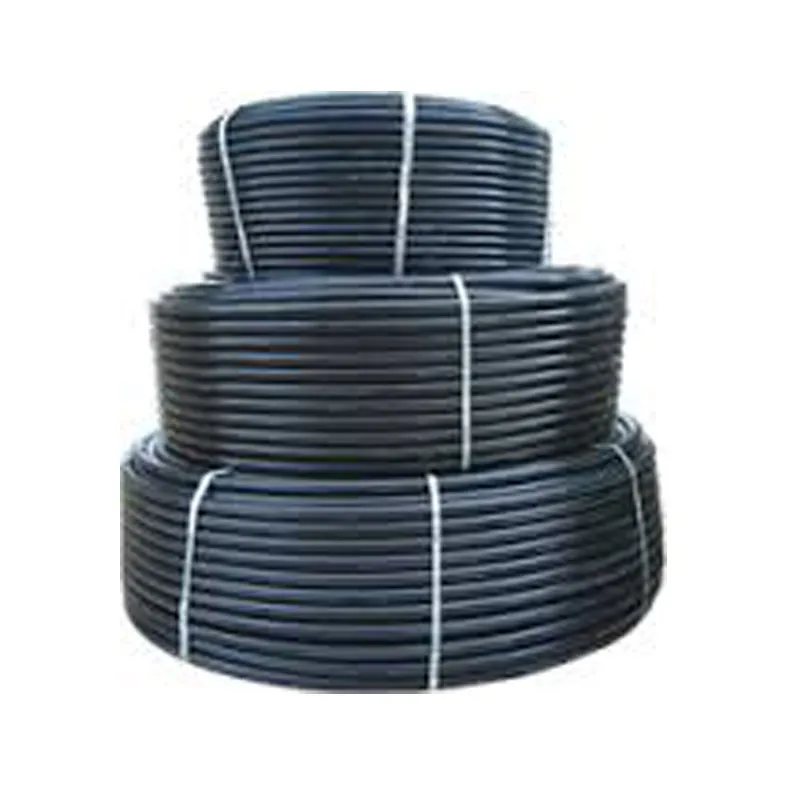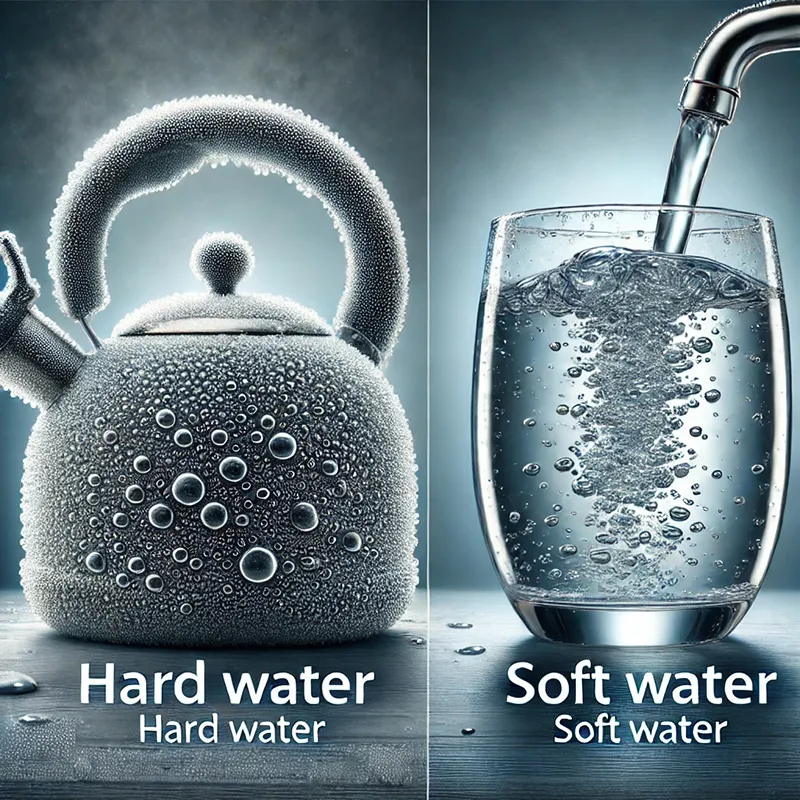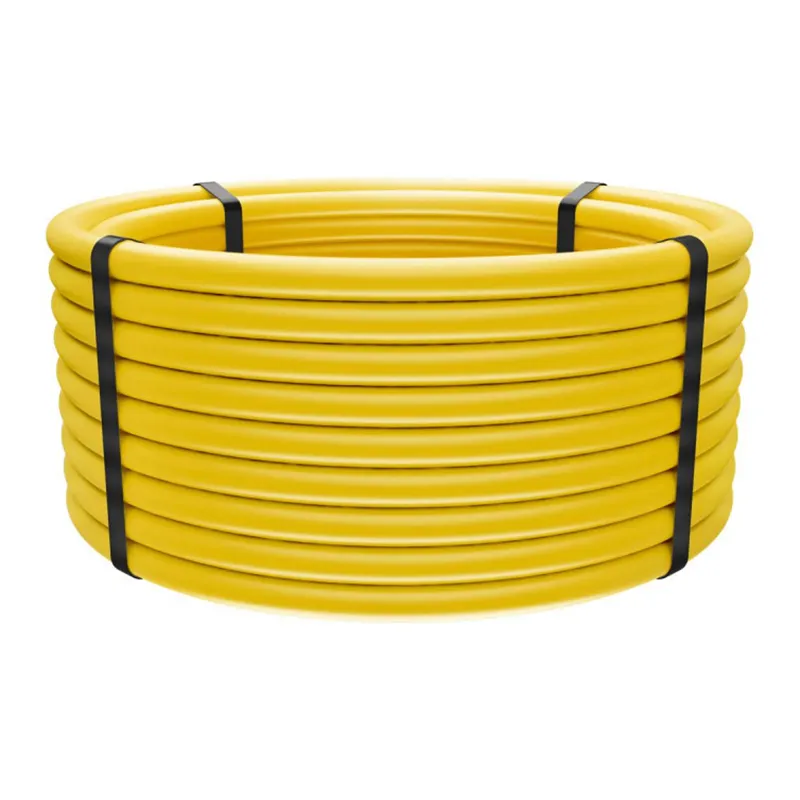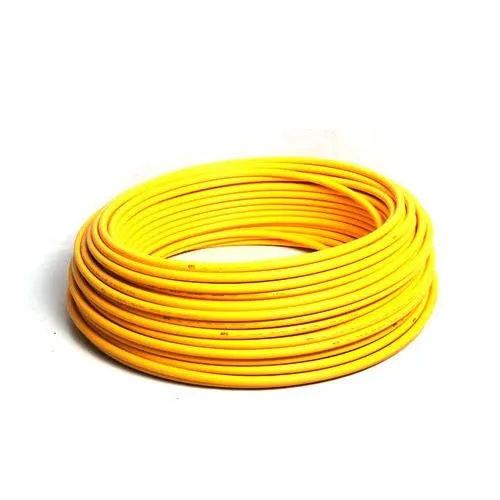High-density polyethylene resin (HDPE resin for short) is a thermoplastic material made by polymerization of ethylene monomer under the action of a catalyst. Due to its high crystallinity and density, it is widely used in industrial and consumer fields and is particularly suitable for the production of pipes, films, containers, and other products. The following is a detailed introduction to HDPE resin
Physical and chemical properties of HDPE resin
1. Density
The density range of HDPE is usually 0.940–0.970 g/cm³. The higher the density, the stronger the crystallinity and rigidity.
2. Mechanical properties
Tensile strength 20-37 MPa, high impact resistance and excellent wear resistance.
Elongation at break 300%-600%, with certain toughness.
3. Chemical resistance
It exhibits excellent resistance to acids, alkalis, and most organic solvents, and will not corrode or degrade.
4. Melt flow rate (MFR)
Usually 0.1–20 g/10min, suitable for different molding processes, low MFR is suitable for pipe manufacturing, and high MFR is suitable for injection molding.
5. Thermal properties
The melting point is around 130°C and can withstand high temperatures for a short time.
6. Electrical insulation properties
It has excellent insulation properties and is used for cable sheaths and pipes.
Classification of HDPE resin
Based on performance and application areas, HDPE resin can be divided into the following types
1. Pipe grade
Used to manufacture high-performance pressure pipes, such as water supply pipes and gas pipes.
Common grades PE80, PE100.
2. Film grade
Used to produce packaging bags and agricultural films, with excellent tensile properties and transparency.
3. Hollow Grade
Used to produce various containers, such as chemical barrels, oil barrels, etc., with good impact resistance.
4. Injection Grade
Used for injection molding of household items and industrial accessories, easy to mold.
Production process of HDPE resin
HDPE resin is usually produced by the following processes
1. Polymerization method
Low-pressure polymerization method (Ziegler-Natta catalysis) Produces HDPE with high crystallinity, suitable for pipes and films.
Gas phase polymerization method Controls the polymerization process and is suitable for the production of high-performance HDPE resin.
2. Processing method
Extrusion molding used to make pipes and films.
Injection molding used for containers and components.
Blow molding used for hollow products, such as bottles, barrels, etc.
Application fields of HDPE resin
1. Pipeline manufacturing
Water supply pipes, gas pipes, and sewage pipes are widely used due to their corrosion resistance and long life.
2. Packaging materials
Packaging bags and bottles for food and chemical products.
3. Agricultural field
Agricultural mulch and irrigation pipes.
4. Industrial use
Chemical storage tanks and cable protection sleeves.
Major HDPE resin brands
1. International brands
SABIC (Saudi Basic Industries Corporation) Provides high-quality PE resins.
Borealis (Borouge) Known for its stress cracking resistance.
ExxonMobil (ExxonMobil) Widely used in film and pipe fields.
2. Domestic brands
Sinopec Such as HDPE raw materials of Qilu Petrochemical and Yanshan Petrochemical.
PetroChina such as Daqing Petrochemical's pipeline-grade HDPE resin.
Advantages of HDPE resin
Environmentally friendly and non-toxic, recyclable.
Lightweight, low transportation and processing costs.
Long service life, especially in pipes and containers.
Cutting and welding of high density polyethylene tubing are crucial steps in the pipeline installation process. Correct operation can ensure the sealing and long-term reliability of the system. The following is a detailed introduction to cutting and welding
Cutting of HDPE Tubing
1. Cutting tools
Common cutting tools include
Handheld cutting saw Suitable for small-diameter pipes, portable but requires experience.
Pipe cutting machine Suitable for large-diameter pipes with high cutting accuracy.
Pipe scissors Suitable for thin-walled pipes with a diameter of less than 50mm, convenient and fast.
2. Cutting steps
Measurement and marking According to the design requirements, use a marker to mark the cutting position on the pipe.
Fix the pipe Place the high density polyethylene tubing on a stable platform and fix it with a clamp or other tool to prevent sliding.
Cut Cut along the marked line, keep the cutting surface vertical, and avoid tilting or unevenness.
Clean the cut Use a scraper or sandpaper to remove burrs and impurities from the cut to ensure that the cut is smooth.
865867.webp)
Welding Machine
HDPE tubing welding
HDPE tubings are mainly welded by hot melt welding and electric fusion welding.
1. Hot melt welding
Principle Heat the pipe ends to melt them and then butt them to form a firm joint.
Equipment Hot melt butt welding machine or hot melt socket machine.
Steps
1. Preparation
Clean both ends of the high density polyethylene tubing to ensure there is no oil, dirt or impurities.
Use a cutting tool to flatten the pipe ends to make them flat and aligned.
2. Heating the pipe ends
Insert the high density polyethylene tubing ends into the heating plate and maintain appropriate pressure until a melting ring appears on the pipe ends.
3. Butt connection
Remove the heating plate, quickly align the two ends and apply uniform pressure, and keep for a while until cooling.
4. Cooling inspection
Cool naturally after welding is completed, and no forced cooling is allowed. Check whether the weld is uniform, without leakage or excessive welding.
2. Electrofusion welding
Principle Use the resistance wire embedded in the pipe fitting to heat it, so that the connection between the pipe fitting and the pipe is melted to form a sealed joint.
Equipment Electric fusion welding machine.
Steps
1. Preparation
Clean the inner and outer surfaces of the pipe end and the electric fusion pipe fitting, and remove the oxide layer with a scraper if necessary.
Set the appropriate welding parameters (such as voltage, time) according to the welding machine instructions.
2. Butt assembly
Insert the pipe into the electric fusion pipe fitting to ensure that the insertion depth meets the standard.
3. Welding operation
Start the electric fusion welding machine and complete the welding according to the set parameters.
After welding is completed, do not move or pull the joint hard, and wait for cooling.
4. Check the joint
Make sure that the molten mark on the outside of the electric fusion pipe fitting is uniform and without abnormalities.
Notes
1. Cutting Notes
Ensure that the cut is vertical and flat to avoid poor sealing during connection.
Clean the cut immediately after cutting to prevent dirt or other impurities from entering the pipe.
2. Welding Notes
Ambient temperature It is recommended to weld between 5°C and 40°C, and insulation measures should be taken at low temperatures.
Matching of pipes and equipment When welding, a heating plate or electric fusion pipe fittings that match the pipe specifications should be selected.
Cooling time After welding, it should be left to cool to room temperature to prevent the welding point from being deformed by external force.
3. Quality Inspection
Visually inspect the weld to ensure that the weld area is uniform, smooth and free of defects.
Perform a pressure test to ensure the strength and sealing performance of the welded joint.
415.webp)


629.webp)



294.webp)
476.webp)
420.webp)
146.webp)
460.webp)
287.webp)
274.webp)
688.webp)


